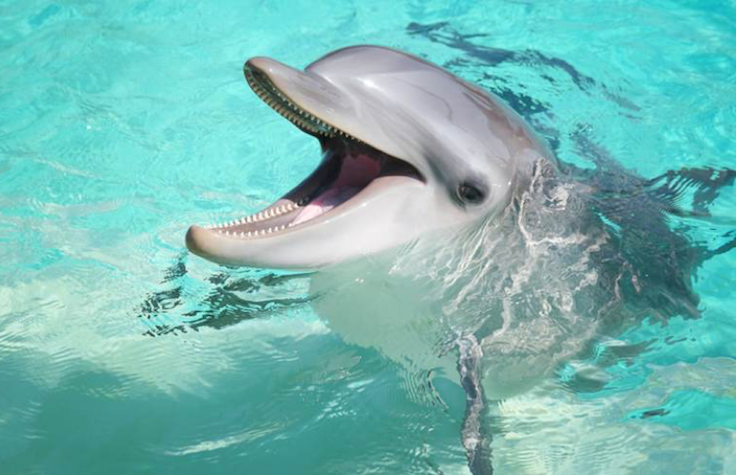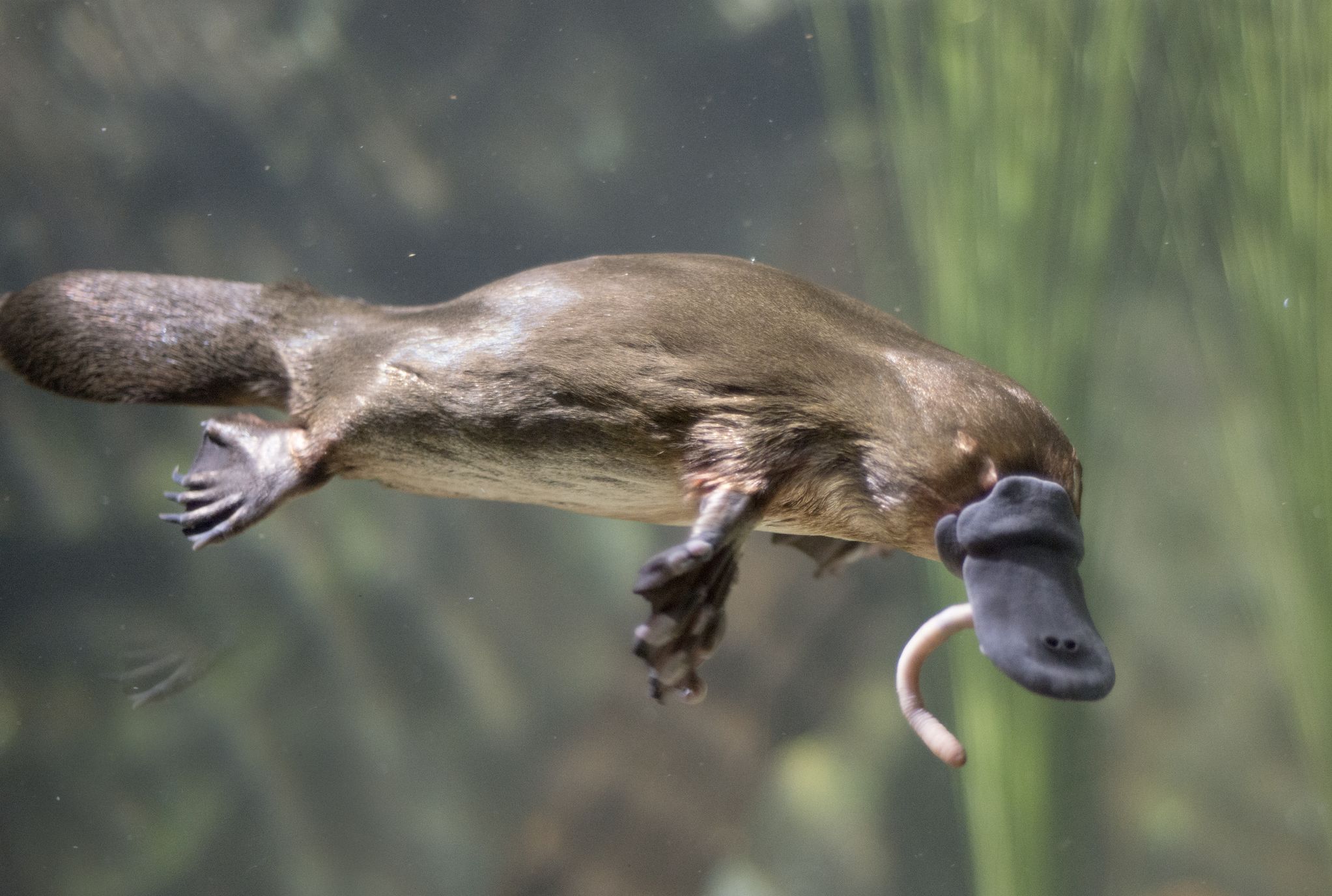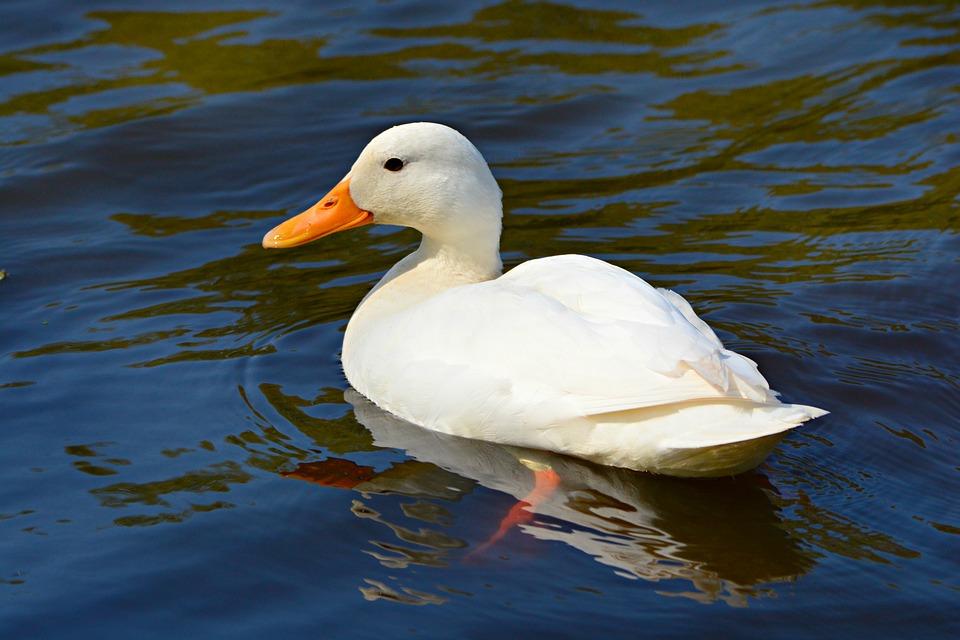b. Monkeys have slender, long rms that allow them to grasp tightly to tree branches and move quickly if they need to make an escape from any predators. Another interesting feature about the monkey's arm structure is that, like humans, the ulna and radius are able to rotate, allowing them to face their palms up and down. This structure in monkeys allows them to hang from branches, peel fruit, and even groom other monkeys. However, dolphins have no palms or hands for that matter. Dolphins have pectoral fins, which are the only fins that have bones in them. These bones show similarities to bones found in the monkey arm, wrist, and even hand. These fins help the dolphins stop and turn, sort of like balancing planes. In both the dolphin flipper and the monkey arm, there is a humerus, radius and ulna, metacarpals and phalanges. The structure, though a little distorted, appears almost identical to each other.
c. The ancestor between these two species may have existed over 50 million years ago. Chances are this mammal was terrestrial and required having this bone structure in order to thrive in its environment. The bones within the arm such as the rotating ulna and radius were advantageous as well because it may have helped the ancestor hunt, as it was probably an omnivore.
d.


2) a. Two different species that share an analogous trait are the platypus and the duck. Both of these species have a bill which helps them thrive in an aquatic environment. Another similarity is their webbed feet, which also gives them an advantage in their environment. While the platypus is a mammal, it had evolved long after birds and mammals diverged on their evolutionary path. It was only a matter of time that platypus and ducks evolved similarly after moving back to land from water.
b. The platypus' duck bill acts as more of a snout, and is used to pick up small insects from the bottom of lakes or streams. The significance of their bills is its similarity to the bill of a duck, which serves the same purposes as the bill of a platypus. Both species live on land, but thrive near a body of water such as a pond or lake, which may have drove their convergent evolution. They use their bills to gather food, and filter out excessive water or inedible objects.
c. Studies show that mammals split from their bird and reptile brothers somewhere around 280 million years ago, then 80 million years after that the egg-laying mammals split from normal mammals. So, this proves that platypus had evolved independently, apart from any lineage that belonged to ducks. This also proves that these traits are analogous.
d.

